
Regeneration and Fuel Loading with Varying Overstory Retention in Redwood Stands 10 Years after Transformation to Multiaged Management
Thesis committee presentation by Judson Fisher
Thank you
Today’s plan
- Introduction
- What we did
- Some results
- My questions
- Your questions
A multiaged silviculture experiment
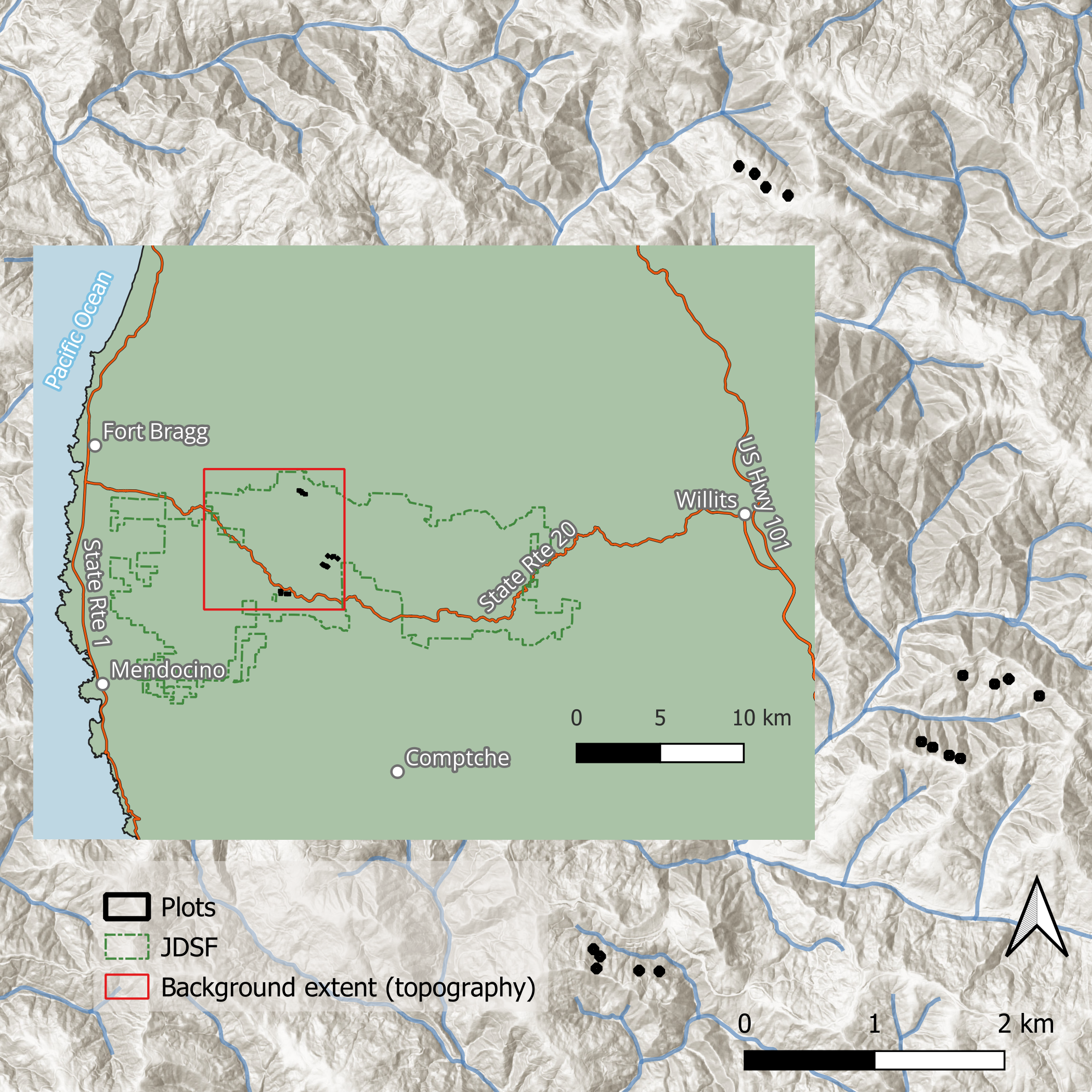
An important part of ecological forest management
- Diversity of forest structures == Diversity of silvicultural techniques
- Predominance of even-aged management
- This work contributes to our understanding of multiaged stand development
- Greater understanding -> increased adoption
Suitability of redwood forests
- Timber value
- Shade tolerance
- Reliable regeneration
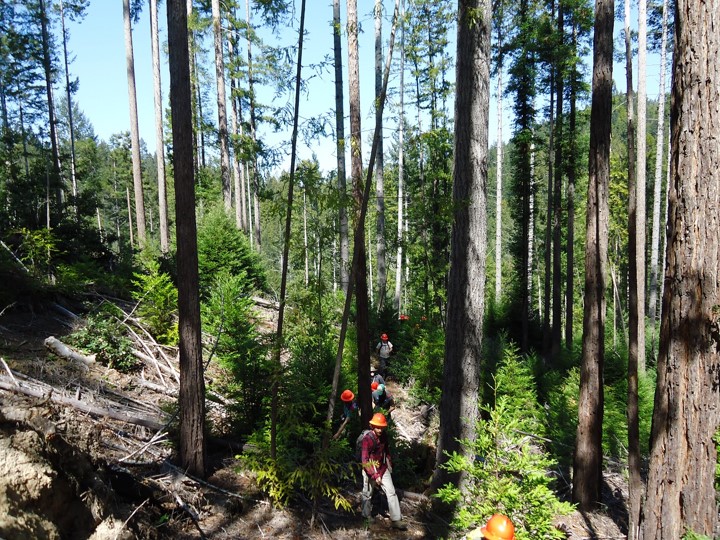
Fire-informed management
- Slow adoption of fire-informed management on the North Coast
- Redwood is a fire-adapted species
- Historical record shows frequent fire
- What is the pyrosilvicultural significance of our management actions?
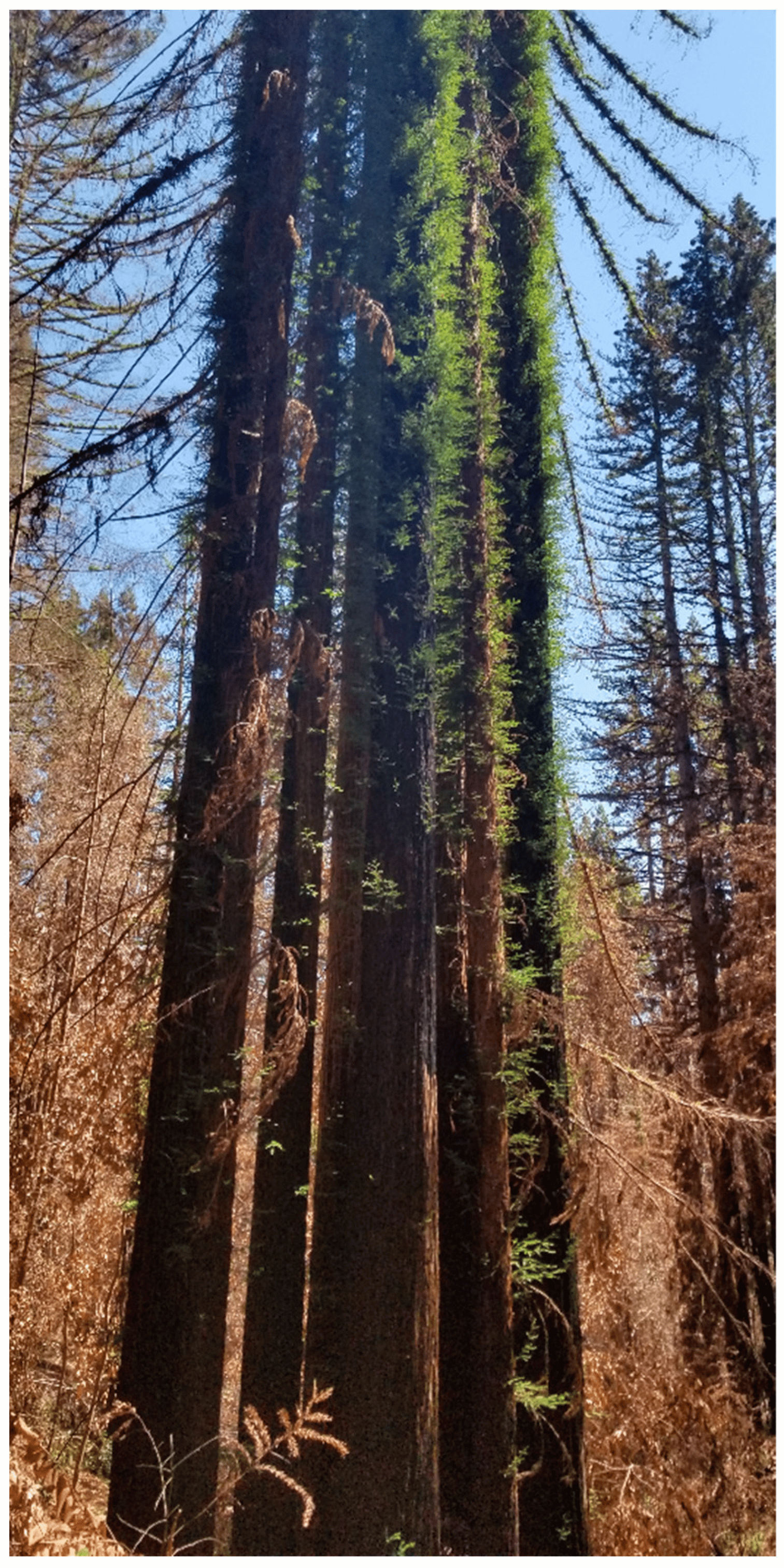
Today’s plan
- Introduction
- What we did
- Some results
- My questions
- Your questions
What we did
- Implementation
- Sampling procedure
- Analysis
Initial harvest: 2012
- 16 one-hectare blocks
- GS: Group selection
- LD: Low density dispersed
- HA: High density aggregated
- HD: High density dispersed
These four treatments were replicated across four sites.
The treatments are defined in terms of retained trees after harvest
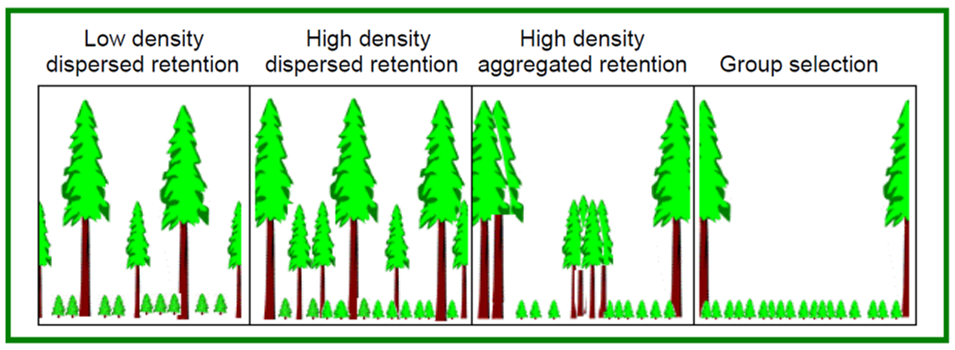
One site
GS
LD
HA
HD
What we did
- Implementation
- Sampling procedure
- Analysis
The plot structure
- Macro plot (Outline)
- Regeneration plots (green circles)
- Fuel transects (orange lines)
- Fuel sampling cylinders (orange circles)
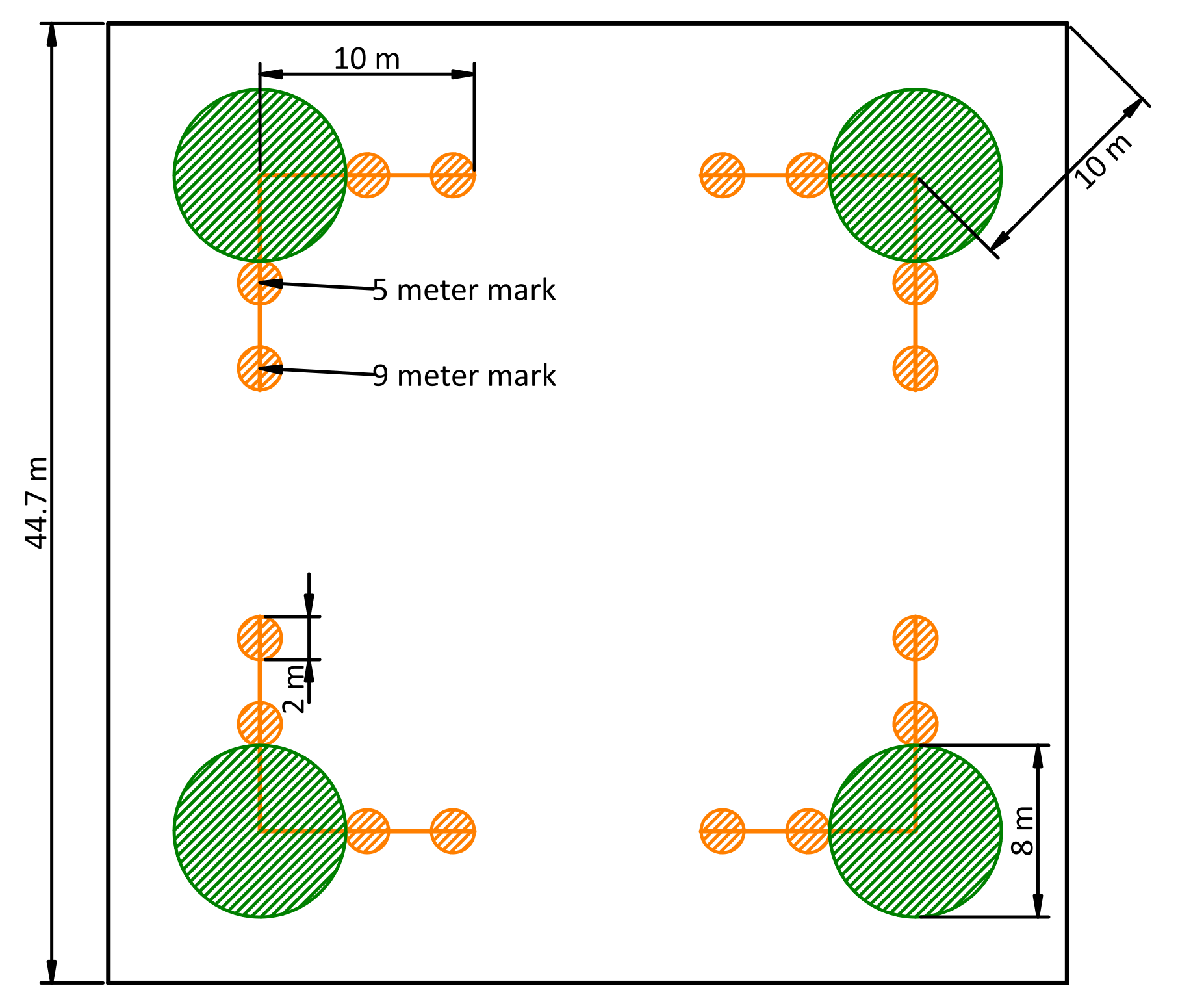
Sprout height
- 25 each of tanoak and redwood sprout clumps were selected for measurement
- Tallest sprout in clump measured at years 1, 5, and 10
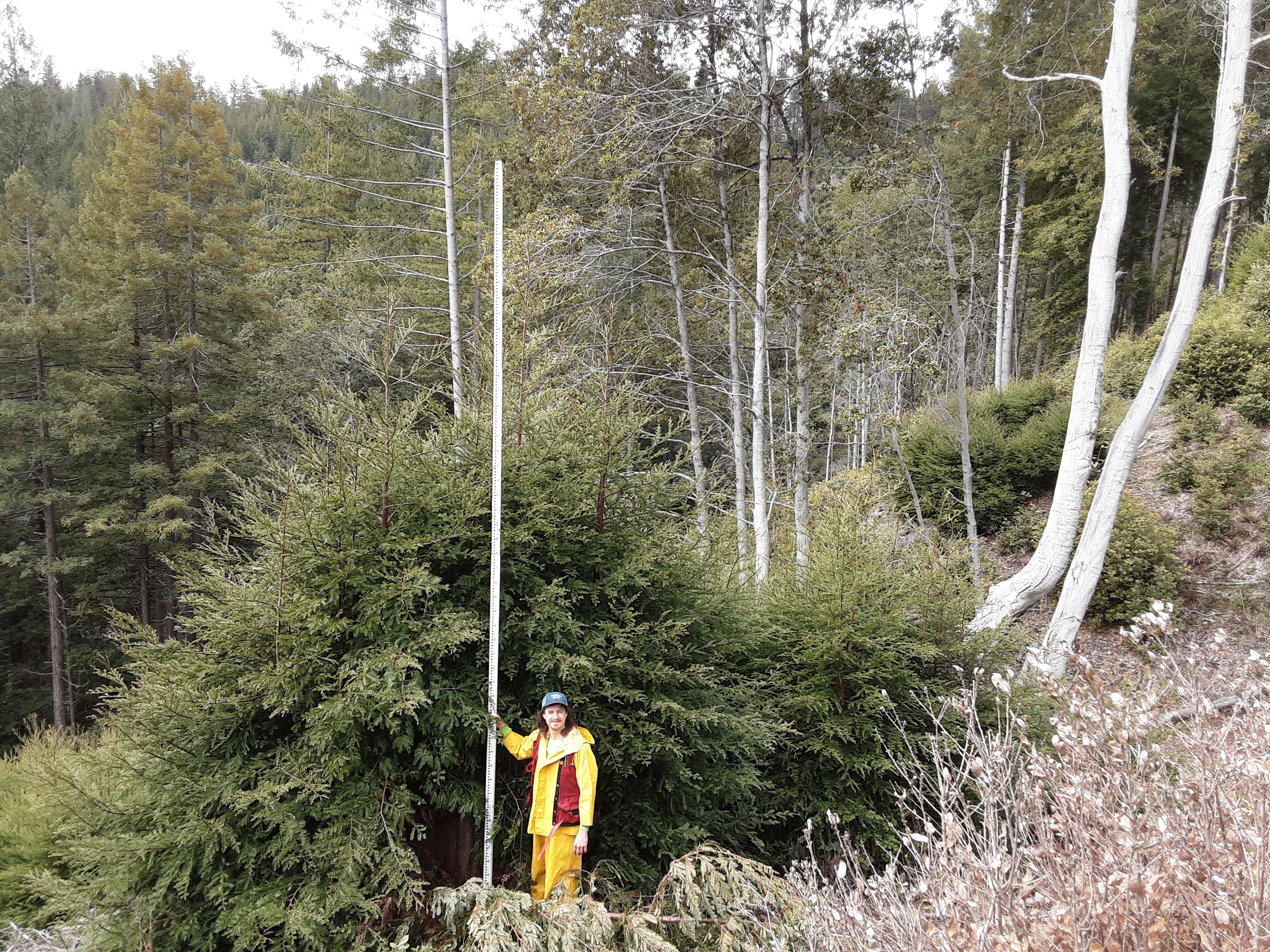

Regeneration density and composition
We recorded diameter and species of all sprouts and seedlings taller than 1.4 m

Downed woody fuel
- Particles were tallied by size class
- Counts were converted to load (Mg/ha) using linear intersect theory and parameters from the literature
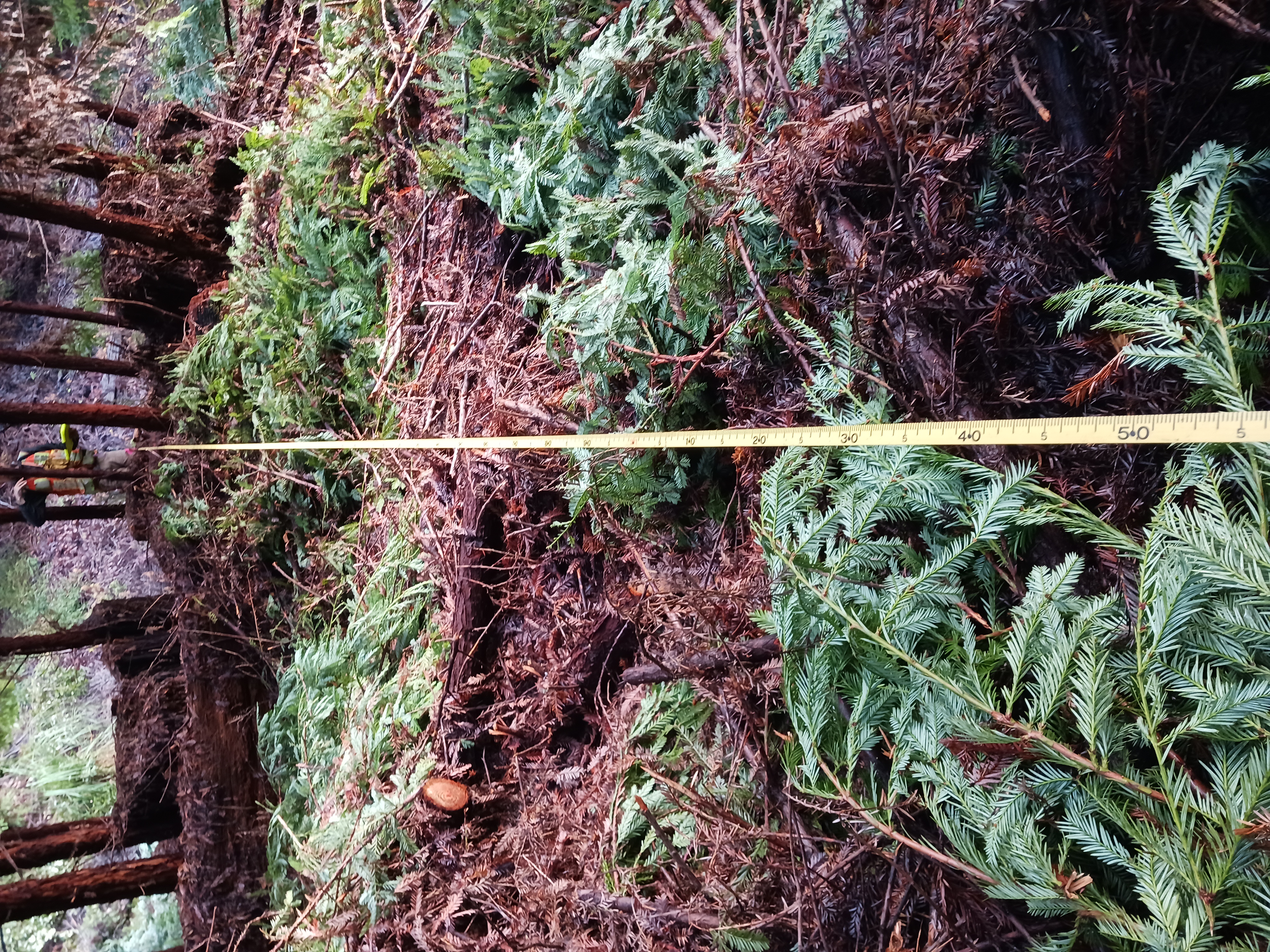
Litter and duff
- Litter and duff depth measured from a representative location within the sampling cylinder
- Depth-to-load equation taken from the literature

Vegetation
- We estimated percent cover and average height
- Converted to load using a constant bulk density
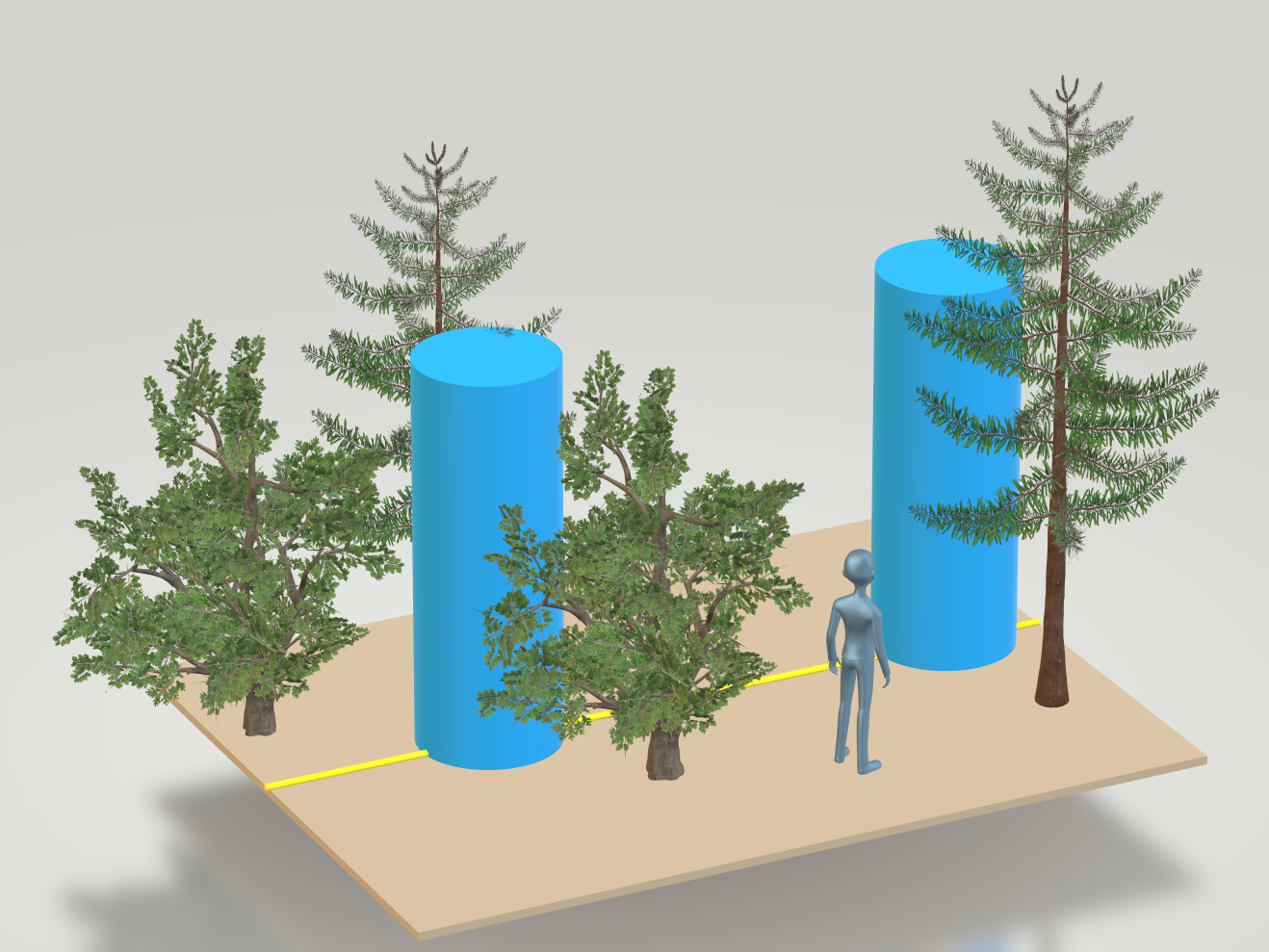

Sampling review

What we did
- Implementation
- Sampling procedure
- Analysis
Sprout height
- Frequentist framework
- Model selection was performed using AIC
- Treatment and year were factors
- Tested various random effects
- Included fixed effect model for dispersion
- Model checked using simulated residuals
Regeneration density
I report on:
- Species diameter frequency distributions and
- Basal area weighted frequency distributions
for each treatment.
Fuel
- Bayesian framework
- Separate models for six different fuel classes
- Used \(gamma\) hurdle model: zeros modeled separately as a proportion
- Priors determined from data with support from literature
- Model checked with posterior predictive distribution
Today’s plan
- What we did
- Why we did it
- Some results
- My questions
- Your questions
Sprout height model

Sprout height: year 10

Regeneration density: frequency

Regeneration density: basal area

Fuel: means

Fuel: comparisons

Today’s plan
- What we did
- Why we did it
- Some results
- My questions
- Your questions
My questions
- How to add post-pct to the story
- Potential questions generated by regen. distributions
- “Asking questions” of the height model: confidence intervals
Today’s plan
- What we did
- Why we did it
- Some results
- My questions
- Your questions
Questions?
learn more at online at:
Thanks again
Downed woody fuel classes
| Class name | Size (cm) | Transect length (m) |
|---|---|---|
| 1 hr | < 0.64 | 1 |
| 10 hr | 0.64 - 2.5 | 2 |
| 100 hr | 2.5 - 7.6 | 4 |
| 1,000 hr | > 7.6 | 10 |
Vegetation: Load calc.
We calculated average load for herbaceous and woody vegetation:
\[load = ht. \times pct. cover \times \rho,\]
where \(\rho\) is a bulk density of 8 and 18 Mg/ha/m for herbaceous and shrub components, respectively.
Fuel bed depth
We estimated the combined average fuel bed depth of all litter and downed woody debris within the sampling cylinder.

Regeneration density: frequency

Year 1 height measurement
